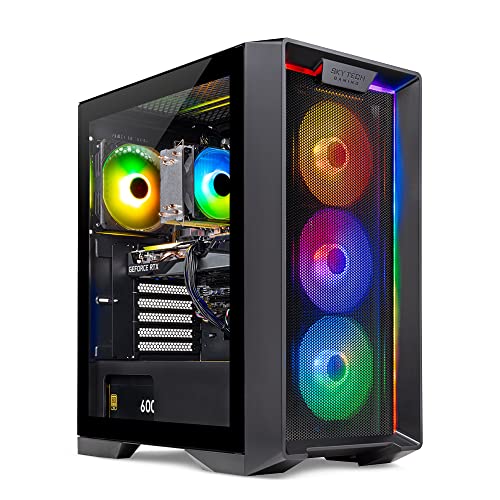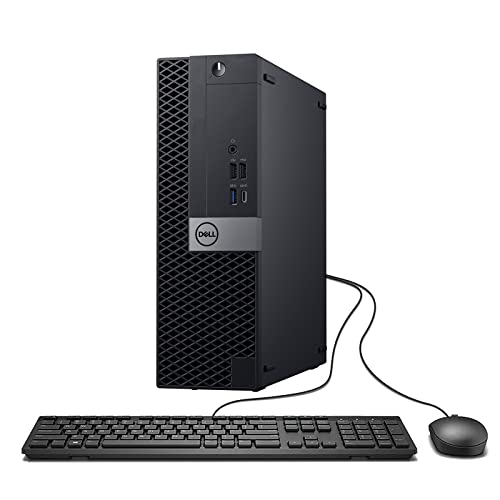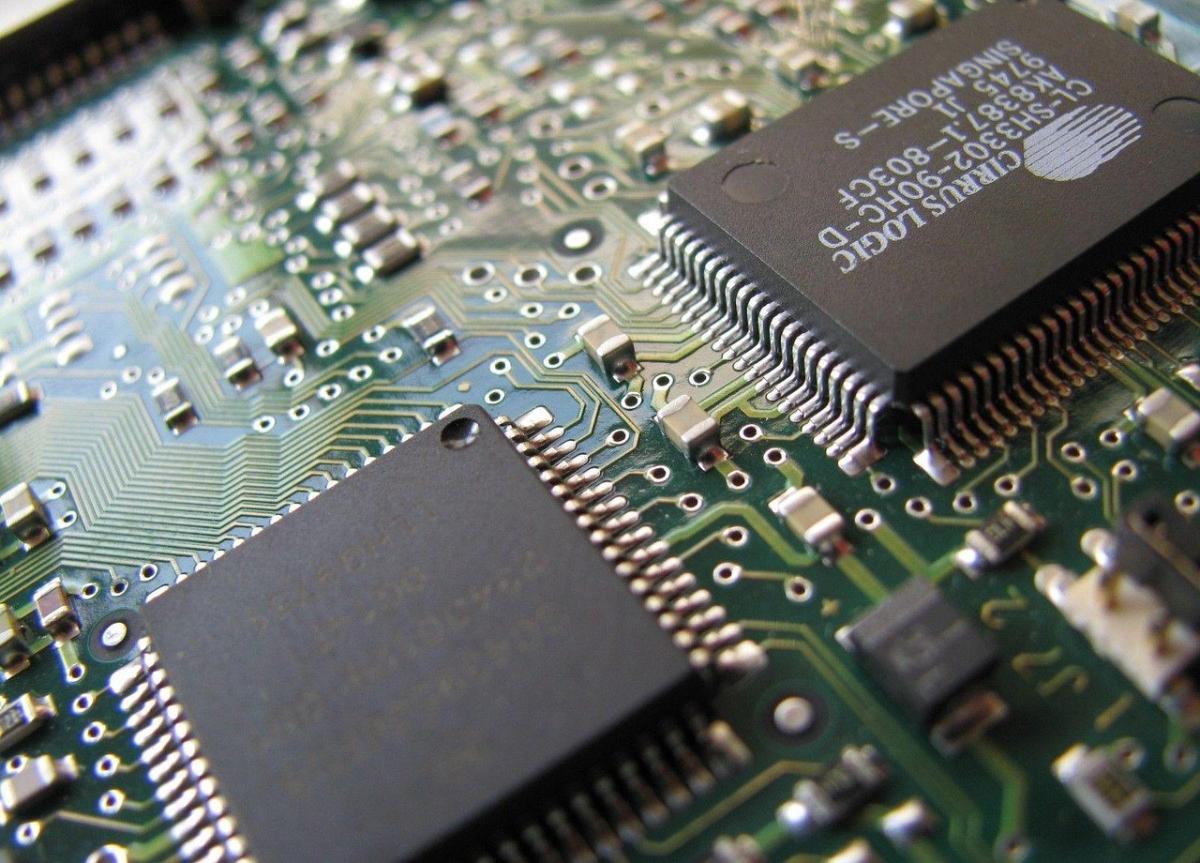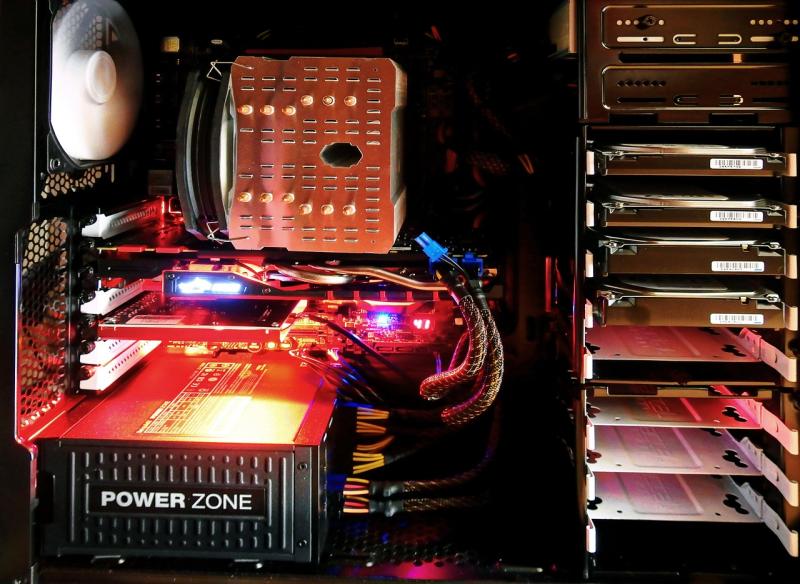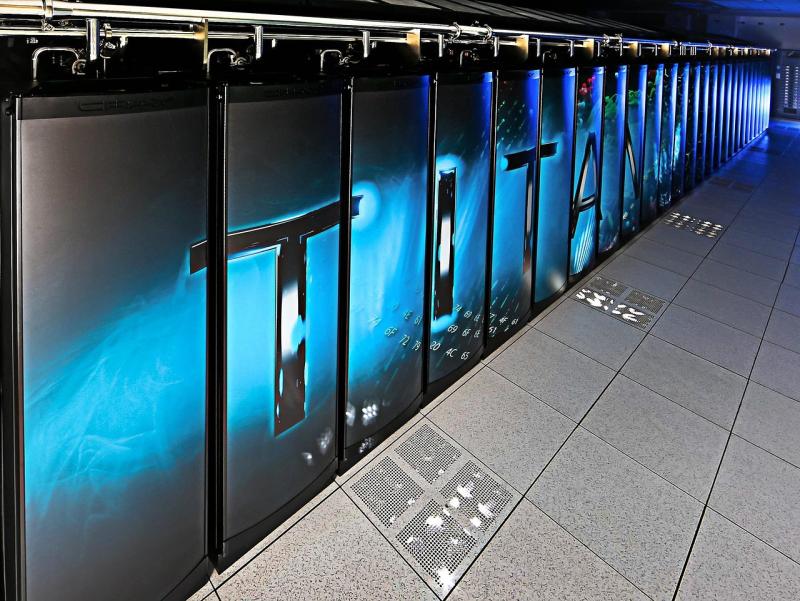**Introduction**
Flexible printed circuit boards (PCBs) are transforming the design of PCs by enabling ultra‑compact, high‑density circuitry that maintains reliability and performance. Advances in materials and fabrication technologies have resulted in flexible PCBs that allow for innovative form factors and smarter integration of components. This article explores how next‑generation flexible PCBs are revolutionizing PC hardware design and what benefits they offer in terms of efficiency, longevity, and design creativity.
**Technological Innovations**
- **Advanced Material Composites:**
The integration of flexible polymers with conductive layers provides a lightweight yet durable substrate that can bend and twist without compromising heavy data loads.
- **High‑Density Interconnects:**
Innovations in microvia drilling and multilayer stacking allow for increased circuitry density within a smaller space, reducing signal delay and enhancing performance.
- **Precision Manufacturing Techniques:**
Laser cutting and additive manufacturing methods enable extremely precise fabrication, ensuring that even the most intricate designs maintain robust electrical properties.
- **Integration with IoT Sensors:**
Flexible PCBs often accommodate embedded sensors for real‑time monitoring of temperature, stress, and signal integrity, feeding data into AI‑driven dashboards for optimized performance.
**Applications and Benefits**
- **Compact Form Factors:**
Enhanced flexibility enables smaller, lighter PC designs, ideal for portable devices and innovative custom builds that require a reduced footprint.
- **Improved Signal Integrity:**
High‑density interconnects minimize latency and improve overall performance, making them essential for high‑speed and high‑reliability applications.
- **Design Versatility:**
Flexible PCBs allow designers to experiment with novel layouts and electronic designs that were previously impractical with rigid boards.
- **Enhanced Durability:**
Robust, bendable circuits endure mechanical stress and repetitive use, extending the lifespan of critical components in modern devices.
**Future Directions**
Future advancements may focus on developing even more resilient materials that combine flexibility and superior conductivity while reducing manufacturing costs. Integrated IoT capabilities and AI‑driven self-diagnostics will further augment the performance and reliability of flexible PCBs.
**Keywords:** flexible PCB, high‑density circuitry, compact PC design, advanced PCB manufacturing, ultra‑compact electronics, IoT integration, innovative circuit board, PCB innovation, flexible electronics
Next‑Generation Flexible PCBs
Pioneering Ultra‑Compact, High‑Efficiency Circuitry
Related Articles
Essential High-Performance PC Components You Need Now
Upgrade your setup with the must-have parts for unbeatable gaming and productivity
Top Picks for Best High-Performance PCs
Find the perfect power machine for gaming, work, or creative projects
Your Guide to the Best High-Performance PCs
Find the Right PC for Your Gaming and Creative Needs
View our related products
See more